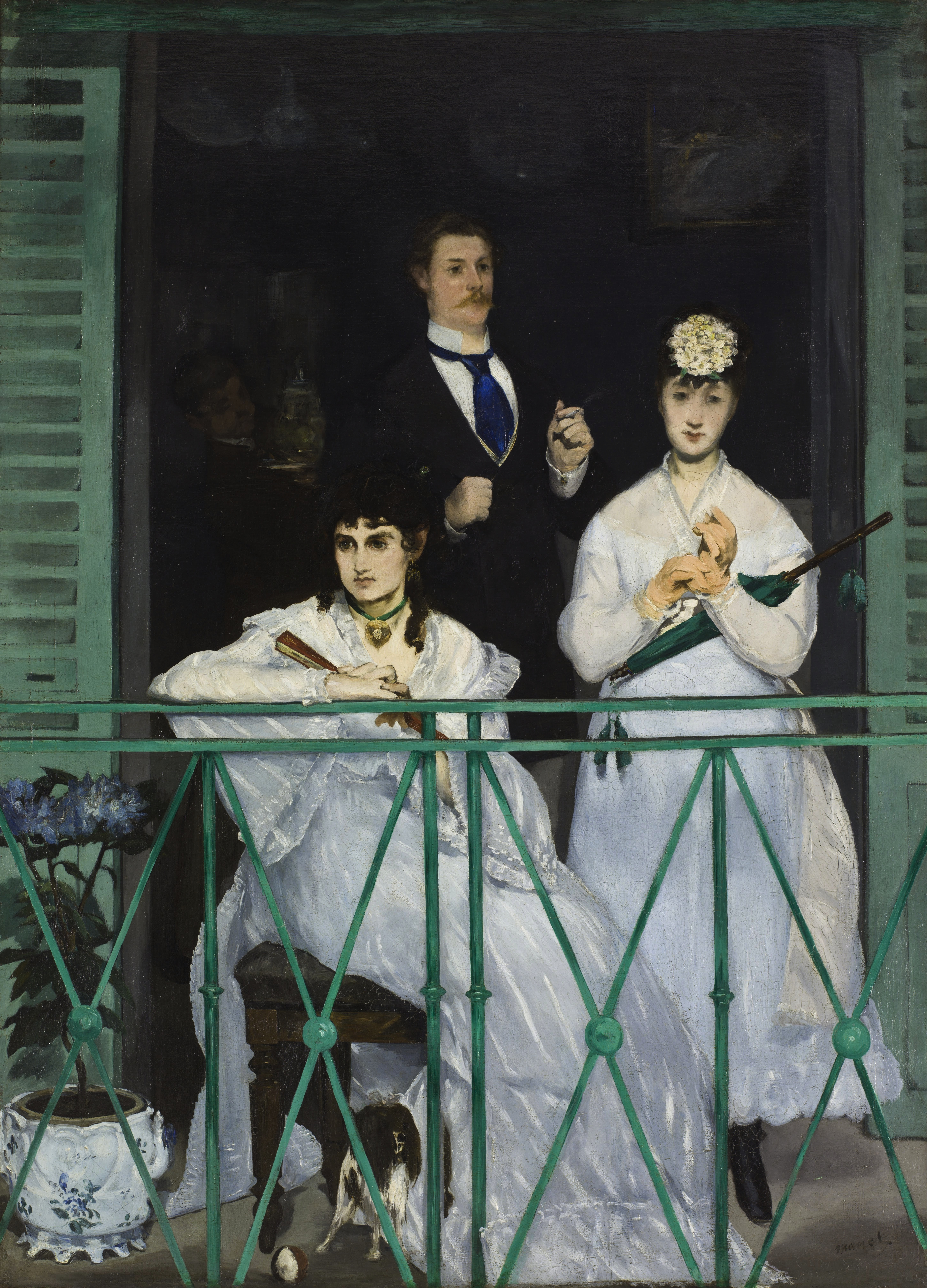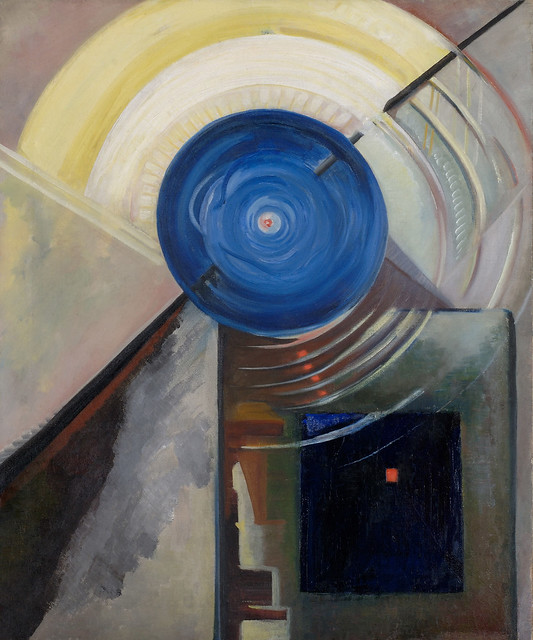 |
| Thomas Eakins, Double Jump, 1885 |
With the development of photography came increased experimentation. Thomas Eakins, a widely acknowledged realist painter, sculptor, photographer and educator, used photography to exhibit a representation of rapid movement and to prove the notion that machine can see more accurately than the human eye. As a painter he focused on painting his portraits realistically, which led him to an interest in photography. He is still acknowledged today as an innovator in the photographic field.
The nude in motion inspired Eakins, and he created many different photo-graphical pieces with this as the subject. He chose to photograph them in full sunlight in order to convey deep space and perspective. He photographed the nude jumping, running, pole vaulting, horse-back riding and any other forms of movement. Eakins painted nudes fully exposed and coming out to the audience, such as in William Rush and His Model. He depicts the nude woman walking towards the viewer, establishing that a nude does not need to be hidden but rather comfortable in their image. His intrigue in the human form eventually got him fired from the Pennsylvania Academy due to acts of impropriety in the classroom.
The nude in motion inspired Eakins, and he created many different photo-graphical pieces with this as the subject. He chose to photograph them in full sunlight in order to convey deep space and perspective. He photographed the nude jumping, running, pole vaulting, horse-back riding and any other forms of movement. Eakins painted nudes fully exposed and coming out to the audience, such as in William Rush and His Model. He depicts the nude woman walking towards the viewer, establishing that a nude does not need to be hidden but rather comfortable in their image. His intrigue in the human form eventually got him fired from the Pennsylvania Academy due to acts of impropriety in the classroom.
He used multiple photographs in one to convey a motion, like in Double Jump. He brought this experimentation and use of multiple subjects into his paintings as well. He used photographs and painted parts of many of them onto a singular canvas in order to give the allusion of different moments in time and show the complexity of time and space. He also carried over the movement he saw in his photographs to his paintings, like the boxing scenes of the late 1890s.









